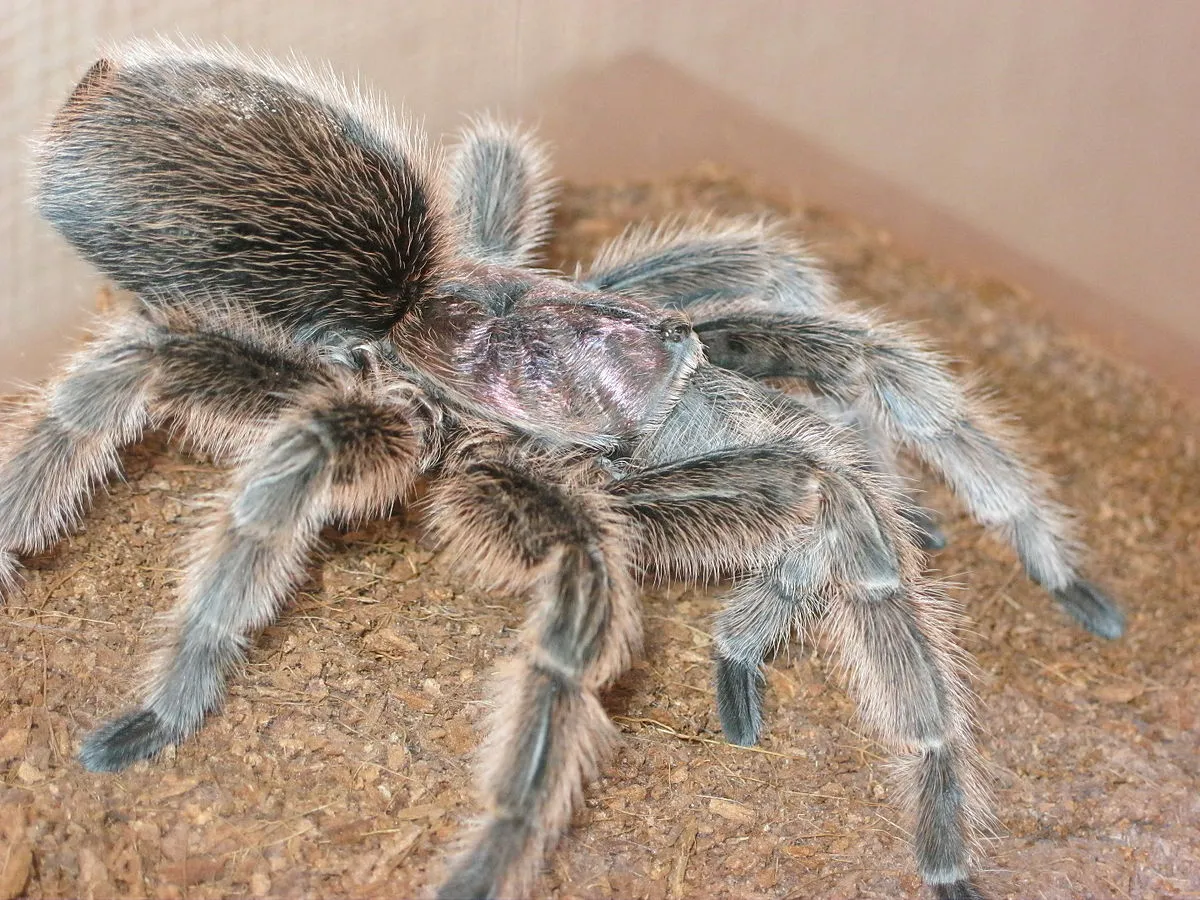Rose Hair Tarantula’s Urticating Hairs Explained
The rose hair tarantula, a popular pet among arachnid enthusiasts, possesses a unique defense mechanism that often surprises new owners. This defense involves the use of urticating hairs, specialized structures located on their abdomen. These hairs are not simply shed; they are actively flicked or launched towards perceived threats. Understanding these hairs, their purpose, and how to manage potential exposure is crucial for responsible rose hair tarantula ownership. This blog post delves into the fascinating world of urticating hairs, providing essential information for both novice and experienced tarantula keepers. The goal is to provide a clear and comprehensive guide to understanding and interacting safely with these intriguing creatures and their defensive features.
What are Urticating Hairs?
Urticating hairs are modified bristles that are found on the abdomen of many New World tarantula species, including the rose hair tarantula (Grammostola rosea). They are not true hairs in the same way as mammalian hair. Instead, they are tiny, barbed structures that are designed to cause irritation upon contact. These hairs are typically invisible to the naked eye, appearing as a fine dust or fuzz on the tarantula’s abdomen. They vary in shape and size depending on the tarantula species, but the effect is generally the same: a physical and chemical irritant that deters potential predators. The rose hair tarantula uses these hairs as a primary defense mechanism, especially when feeling threatened, often preferring this method over biting.
The Purpose of Urticating Hairs
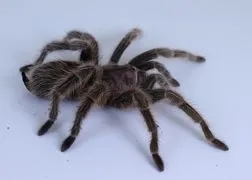
The primary purpose of urticating hairs is defense. In the wild, rose hair tarantulas are preyed upon by various animals, including birds, mammals, and even other reptiles. The hairs serve to deter these predators. When a tarantula feels threatened, it uses its hind legs to flick these hairs toward the perceived threat. The hairs embed themselves in the skin, eyes, or mucous membranes of the attacker, causing intense itching, irritation, and, in some cases, more severe reactions. This discomfort gives the tarantula a chance to escape, making the hairs a highly effective survival tool. This defensive strategy is a key reason why rose hair tarantulas, despite their relatively docile nature, are often successful in their natural habitats. This mechanism ensures the survival of the spider and its offspring.
The Mechanism of Hair Release
The process of releasing urticating hairs is quite fascinating. Rose hair tarantulas have specialized patches of these hairs on their abdomen. They use their hind legs to brush against these patches, effectively dislodging and launching the hairs. The hairs are not simply shed; they are actively propelled, often in a cloud or puff. The force and direction of the flick are controlled by the tarantula, allowing it to target the perceived threat effectively. The action is remarkably quick, making it a difficult defense to avoid. The barbed nature of the hairs helps them to stick to whatever they come into contact with, intensifying the irritant effect. This mechanism is a testament to the evolutionary adaptations that help these creatures survive in their environment.
How Rose Hair Tarantulas Use Their Hairs
Rose hair tarantulas employ their urticating hairs strategically. They typically use this defense when they feel threatened, cornered, or disturbed. This could be by a predator, a clumsy handler, or even when the tarantula is startled. Before resorting to hair flicking, the tarantula may display warning behaviors, such as raising its front legs or displaying its fangs. If the threat persists, the tarantula will flick its hairs. The direction of the flick is often aimed at the threat, making the hairs a direct and effective defense. This is a crucial defense mechanism for their survival in the wild, protecting them from a variety of predators. Handling a tarantula without caution increases the likelihood of triggering this defense.
Top 5 Facts About Rose Hair Tarantula Hairs
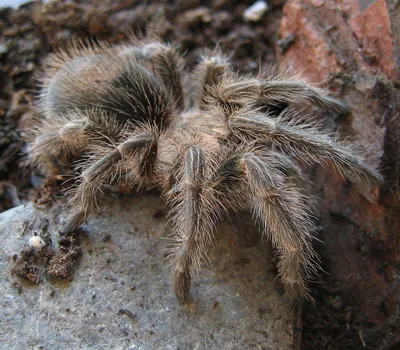
Fact 1 The Location of Urticating Hairs
Urticating hairs on rose hair tarantulas are primarily located on their abdomen. They are typically found in a specific area, sometimes referred to as a ‘bald patch’ or a designated region. The tarantula can brush these hairs off with its hind legs to defend itself. The concentration and type of hairs can vary slightly between individuals. This location allows the tarantula to readily access the hairs for defensive purposes, ensuring a quick and effective response to potential threats. Understanding the location helps keepers handle the tarantula with care and minimize the risk of exposure to the hairs.
Fact 2 The Irritation Caused by Hairs
Contact with urticating hairs causes varying degrees of irritation. This irritation can range from mild itching and redness to more severe reactions, such as inflammation and rash. The severity depends on factors such as the sensitivity of the individual, the amount of hair exposure, and the area of the body affected. Eyes and mucous membranes are particularly sensitive, causing significant discomfort. While the effects are not usually life-threatening, they can be unpleasant and require attention. Some individuals may also experience allergic reactions. Washing the affected area thoroughly is important to minimize the reaction.
Fact 3 The Different Types of Hairs
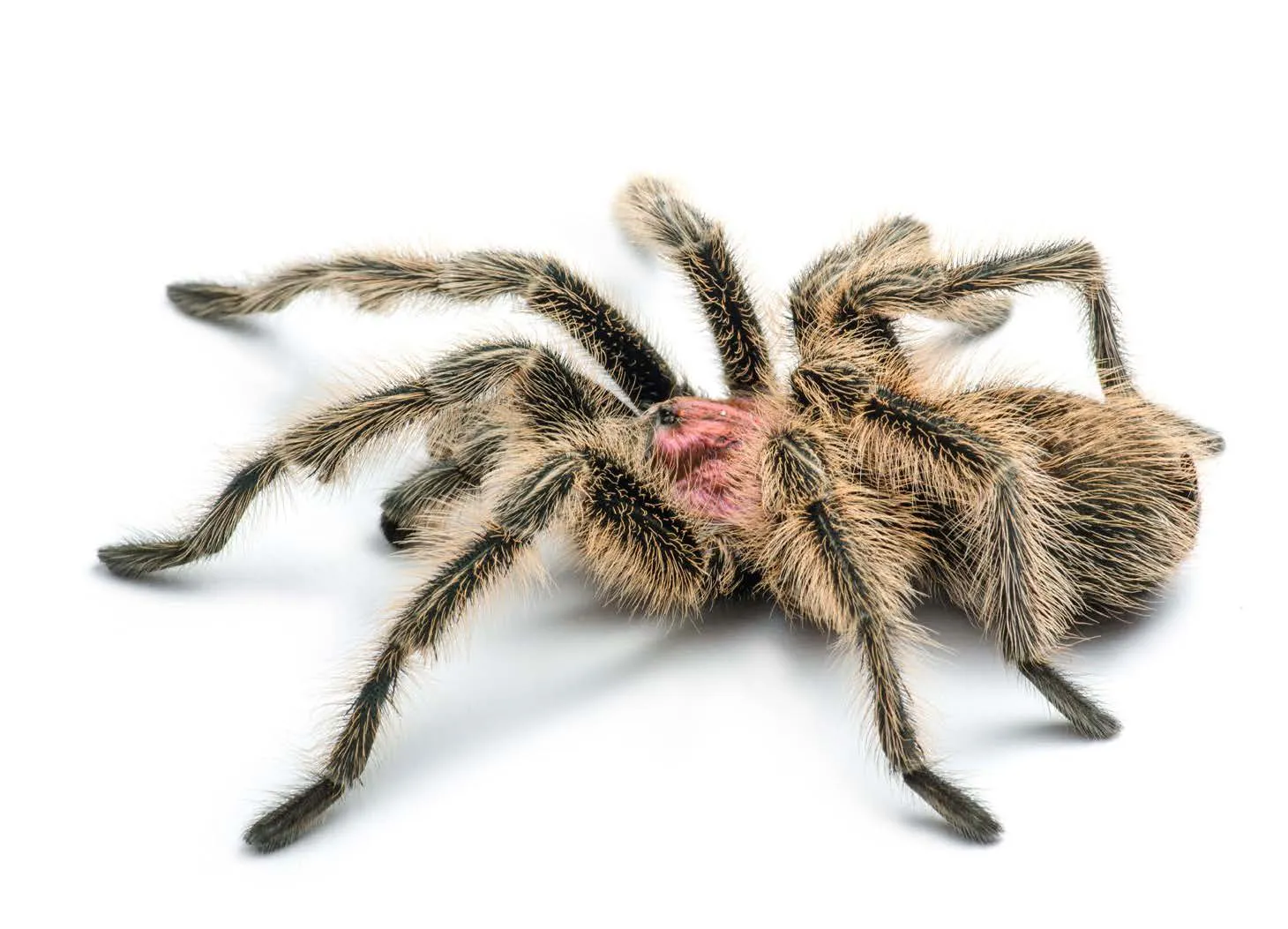
Although all urticating hairs serve the same purpose, there can be variations in their structure among different tarantula species. These differences can affect the level of irritation caused. The rose hair tarantula typically possesses type III urticating hairs, which are known for their barbed structure and effectiveness. The shape and size of the hairs can also vary slightly within the same species, with some being more irritating than others. Research into the exact morphology and properties of these hairs continues, aiming to better understand their defensive capabilities and the reactions they cause. This knowledge is important for tarantula keepers.
Fact 4 The Defensive Use of Hairs
Rose hair tarantulas use their urticating hairs as a primary defense against predators. This defense is often employed before the tarantula resorts to biting, making it a crucial part of their survival strategy. The hairs are flicked towards a perceived threat, such as a bird, rodent, or even a curious human hand. The cloud of hairs, propelled by the tarantula’s legs, lands on the attacker, causing irritation and deterring further interaction. This defense is highly effective in the wild and is a natural behavior that tarantula owners should understand and respect. The defense allows the tarantula to escape and survive potential dangers.
Fact 5 The Impact of Hairs on Humans
For humans, the impact of urticating hairs can vary. Contact can cause itching, redness, and in some cases, small welts. The severity of the reaction depends on individual sensitivity and the amount of exposure. Symptoms can last for several hours or even days. The hairs can also cause irritation to the eyes and respiratory system if inhaled. Proper handling techniques, such as avoiding direct contact with the abdomen and washing hands after handling the tarantula or its enclosure, can help to minimize the risk of adverse reactions. If symptoms are severe, or if an allergic reaction is suspected, medical attention should be sought.
Preventing and Managing Exposure to Hairs
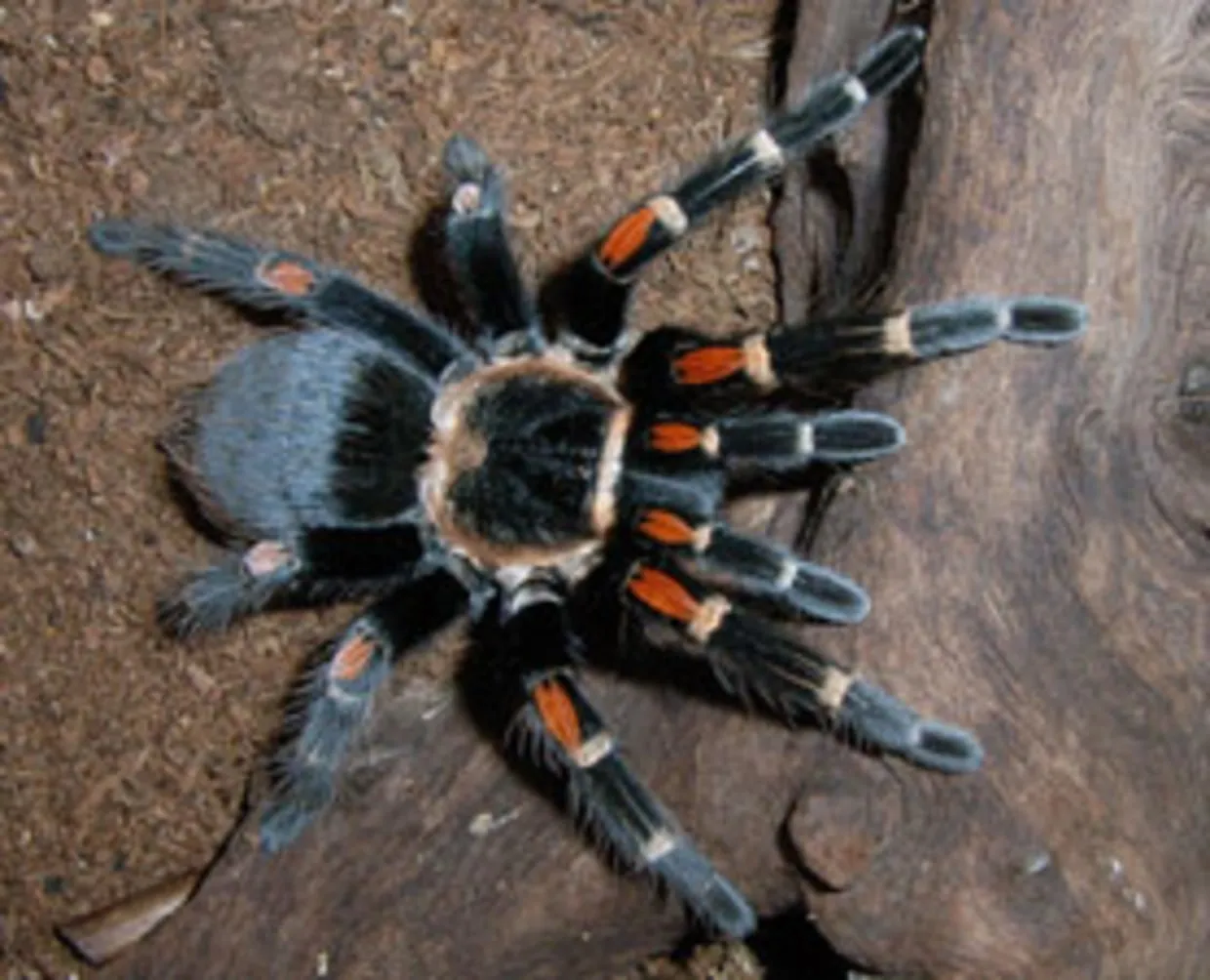
Best Practices for Handling Rose Hair Tarantulas
Safe handling is essential to prevent exposure to urticating hairs. Always handle a rose hair tarantula over a soft surface, such as a table or the floor, to minimize the risk of injury if the spider falls. Use tools like long forceps or a soft brush to gently guide the tarantula. Avoid sudden movements, which can startle the spider and trigger a defensive response. Wash your hands thoroughly before and after handling the tarantula or its enclosure, and avoid touching your face, especially your eyes. Keep the tarantula’s enclosure clean, reducing the buildup of shed hairs, which can also cause irritation. Always be patient and observe the spider’s behavior, and be prepared to put the tarantula back into its enclosure if it seems agitated or stressed. Be calm and gentle to show respect.
What to Do if You Come Into Contact with Hairs
If you come into contact with urticating hairs, take immediate action to minimize the effects. The first step is to avoid rubbing the affected area, as this can spread the hairs further and worsen the irritation. Wash the area thoroughly with warm water and soap. Rinse the area repeatedly to remove any remaining hairs. You can also use tape to gently lift away the hairs from the skin. Avoid scratching the area, as this can lead to further irritation and possible infection. If you experience eye irritation, flush your eyes thoroughly with water. If symptoms persist or worsen, consult a doctor. Antihistamines or topical creams might be recommended to reduce itching and inflammation. Also, consider vacuuming the area around where the incident occurred.
Long-Term Effects and Considerations

Generally, the effects of urticating hairs are not long-term. However, repeated or severe exposure can sometimes lead to persistent skin irritation or sensitivity. If you keep rose hair tarantulas, it is essential to understand your own sensitivity and take precautions accordingly. If you experience an allergic reaction, consult a healthcare professional. Keep the tarantula’s enclosure clean and well-ventilated to minimize the accumulation of shed hairs. By understanding the risks and taking appropriate precautions, you can enjoy the experience of keeping a rose hair tarantula safely. Always research and learn more about these amazing animals.
